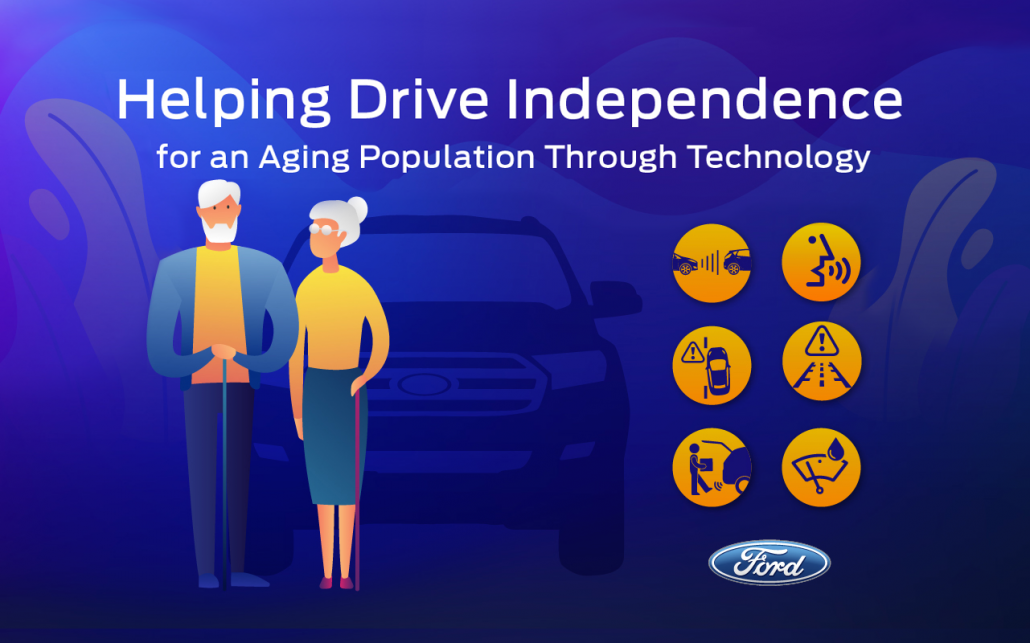Helping Drive Independence for An Aging Population Through Technology
A silver wave is on the horizon in Asia Pacific, which is already home to more people over the age of 60 than anywhere else in the world. The United Nations estimates that by 2050, nearly two-thirds of the world’s elderly population – close to 1.3 billion people – will be living in the region.
This seismic demographic shift represents one of the greatest challenges facing the region, as well as one of the biggest economic opportunities for companies to design and manufacture products that cater to the special needs of this growing market.
From self-driving wheelchairs to wearable devices that track vitals such as heart rate and blood pressure and even VR technology that lets them relive memories or virtually visit far away exotic locales, new technologies are enabling seniors to stay more active, mobile and connected than ever before.
For many older people, driving is a critical lifeline for their daily routine and allows them to stay mobile and connected to society. New technologies can improve the safety of all drivers and be particularly useful for older drivers. When properly designed, these new features can limit the effects of age-related changes for older drivers and keep them driving safely longer.
For designers and engineers at Ford Motor Company, the process begins with them wearing an ergonomic device called a Third Age Suit, which simulates some of the physical problems that come with aging, including limited flexibility, hearing, motion, vision and sense of touch. Experiencing the limitations of aging first-hand, engineers can understand how older drivers interact with their vehicles and discover problems they hadn’t thought of before.
Safety and convenience when you need it
While new car technologies are being designed to benefit all drivers, many of them can be used as tools by older drivers to help offset some of the physical limitations that come from aging.
As people get older, their reaction times slow and they may become more prone to accidents on the road. To help potentially prevent or reduce the impact from a collision, Ford equips many of its newer vehicles with a variety of Driver-Assist Technologies (DATs) that use cameras, sensors and sophisticated algorithms to scan the surrounding area and warn of impending dangers. One example is Pre-Collision Assist (Autonomous Emergency Braking) with Pedestrian Detection, which is designed to detect if the car in front has unexpectedly stopped or if a pedestrian has stepped out onto the road and can automatically apply the brakes if you don’t. If a driver becomes distracted and drifts out of the lane, Ford’s Lane Keeping Aid can alert the driver and provide steering torque input toward the center of the lane if the driver does not act.
Since many older drivers have stiff joints and limited flexibility that make actions like turning the head difficult, features like the Rear-View Camera and Blind Spot Information System (BLIS) with Cross Traffic Alert is designed to help by detecting what’s behind the vehicle and notifying them when an object enters their blind spot zone on either side of the vehicle. This extra set of eyes can not only increase visibility and improve driver safety, but also increases the safety of other drivers and pedestrians near the vehicle.



